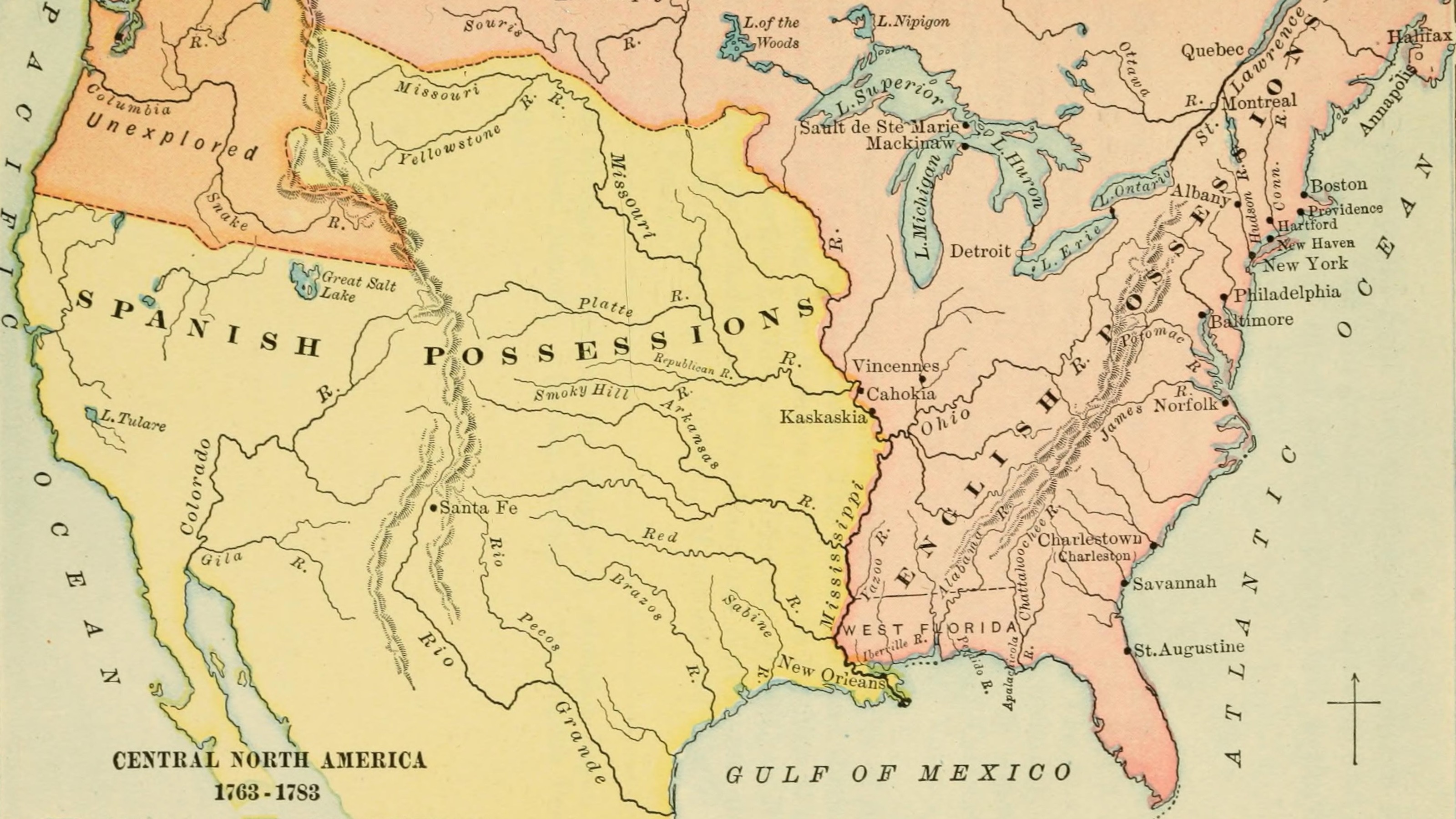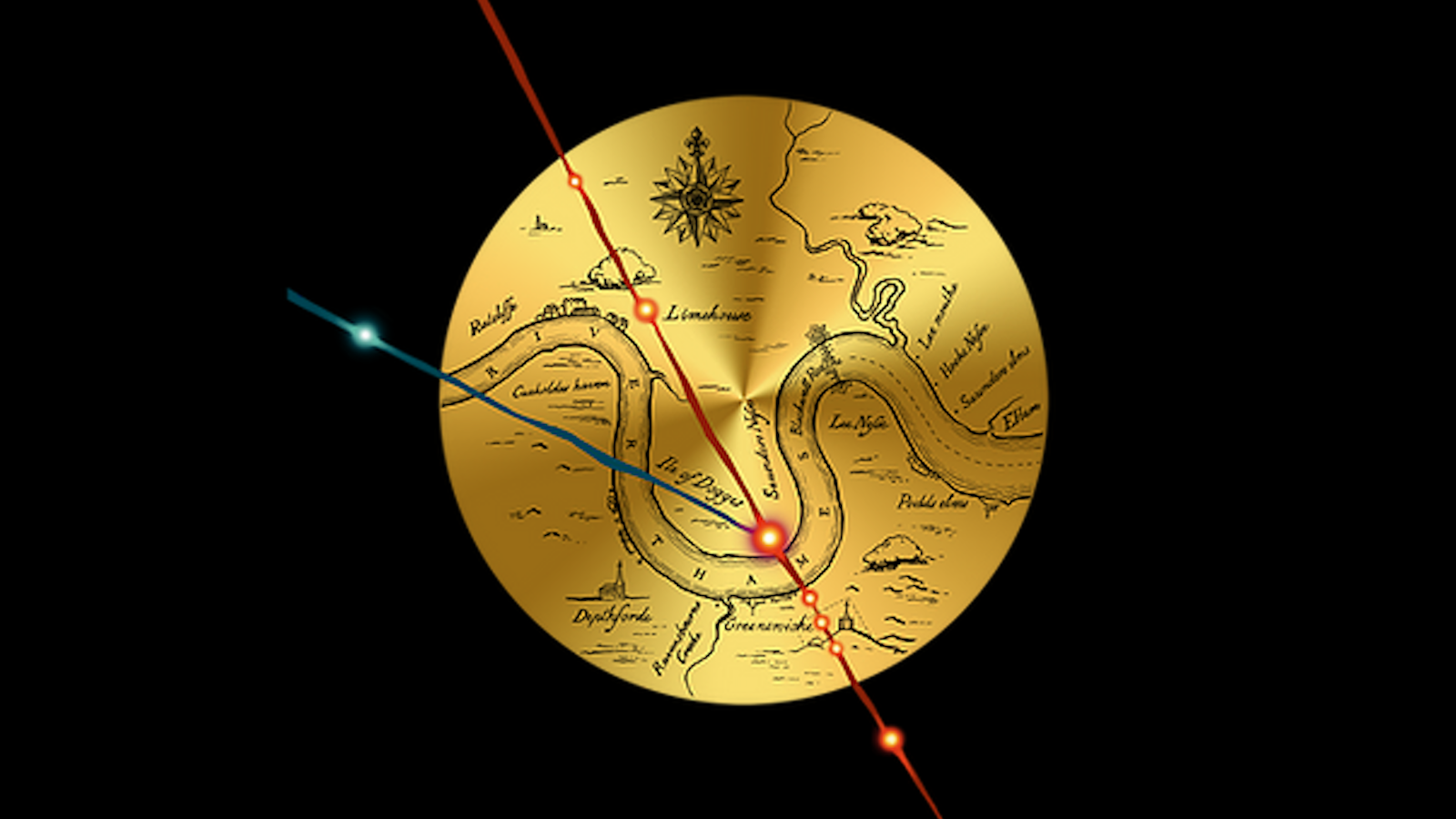Here’s how early school begins – and why it is bad for students

Credit: u/1ew via Data is Beautiful
- This map shows when school starts across America — way too early according to specialists.
- Due to early school starts, America's students are "chronologically sleep-deprived."
- California is spearheading a change, which should result in improved academic results.

Louisiana’s state bird is the brown pelican. It should be the early bird. High school students in the Bayou State start school on average at 7:30 am. That is much earlier than anywhere else in the United States.
But it is doubtful those Louisiana students will catch the worm. Studies show that early school starts contribute to sleep debt in adolescents, which is detrimental to their health, both physical and mental.
No earlier than 8:30 am
That is why the American Academy of Pediatrics (AAP) recommended in 2014 that school for middle and high school students should start no earlier than 8:30 am. It is good advice that largely goes unheeded. The AAP found that fully 93 percent of American high school bells ring before that time. This map, compiled from data provided by the National Center for Education Statistics for the years 2017 and 2018, supports that finding.
In only three places — Washington DC, Alaska, and South Carolina — did a student’s day start at or after the recommended earliest time of 8:30 (on average, aggregating the starting times from the various school districts). Here is an overview, enough to make all but the most hardcore morning-persons shudder:
- 7:30 am — Louisiana’s sleepy-eyed students shuffle into class.
- 7:36-7:45 am — lessons start at public high schools in Connecticut, Massachusetts, Nevada, and New Hampshire.
- 7:46-7:55 am — it is not even 8:00 am yet, but high school students are already taking classes in Colorado, Delaware, Florida, Maine, Michigan, Mississippi, Missouri, New Jersey, Ohio, Pennsylvania, Rhode Island, West Virginia, Wisconsin, and Wyoming.
- 7:56-8:05 am — now it is the turn of high schoolers in Alabama, Arizona, Arkansas, California, Indiana, Kansas, New Mexico, New York, Oklahoma, Tennessee, Utah, and Washington.
- 8:06-8:15 am — well past the hour, students file into class in Georgia, Hawaii, Idaho, Illinois, Kentucky, Montana, Nebraska, North Carolina, North Dakota, Oregon, South Dakota, Texas, Virginia, and Vermont.
- 8:16-8:25 am — Just two states start school this late: Iowa and Minnesota. But they are not the latest.
- 8:26-8:35 am — that is how late high school starts in Alaska and South Carolina. But wait…
- Only in Washington DC, Alaska, and South Carolina does the school day start at or after the recommended earliest time of 8:30 am.

Overall, about 40 percent of American high schools start before 8 am and more than 20 percent start at 7:45 am or earlier. Only 15 percent start at or after the recommended earliest starting time of 8:30 am.
The school bus problem
Why do American high schools generally start so early? One large part of the answer: school buses. A lot of school districts re-use the same buses to pick up students from different schools: first the high schoolers, then the middle schoolers, and finally the elementary schoolers. In South Carolina, the order is generally reversed, which is why it is among the “latest” states on this map.
Early school starts are not the only cause of teenage drowsiness, but they are a crucial factor — especially because natural sleep cycles make it difficult for post-puberty teenagers to fall asleep before 11 pm.
A poll by the National Sleep Foundation found that 59 percent of 6th through 8th graders and 87 percent of high school students got less than the recommended amount of sleep (8.5 to 9.5 hours) on school nights. In the words of America’s leading soporific publication Sleep Review, the average American adolescent is “chronically sleep-deprived and pathologically sleepy”.
Chronic sleep loss in adolescents has been linked to a host of negative consequences:
- Adolescents with sleep debt and/or disrupted sleep-wake cycles may suffer from poor judgment, lack of motivation, and overall reduced alertness, leading to poor academic performance.
- There is a bidirectional relationship between sleep disturbances and mood disorders, especially depression.
- Irregular and insufficient sleep in high school students has been found to predict certain types of risky behavior such as drunk driving, smoking, taking drugs, and delinquency.
- Adolescents with insufficient sleep have an increased risk of suicidal ideation.
- Several studies found links between sleep deprivation and obesity. One study estimates that for each hour of sleep lost (over a long period of time), the odds of being obese increased by 80 percent.
- Sleep deprivation leads to metabolic perturbations that increase the risk of type 2 diabetes.
- Sleepiness increases the risk of traffic accidents. Young people are particularly affected. A 1995 study found that 55 percent of crashes due to drowsiness were caused by drivers 25 years or younger.
Because of all those reasons, not just the AAP but also the CDC recommends later school start times and urges parents to advocate for them. Fortunately, this has met some success. In 2019, California Governor Gavin Newsom signed into law Bill 328, which requires middle schools to begin no earlier than 8:00 am and high schools no earlier than 8:30 am. It will go into effect in 2022.
If the measure proves successful, other states may consider similar moves. And there is some evidence that starting school later is beneficial. Around 400 school districts around the country have already moved their start time to 8:30 or later, often resulting in dramatically improved test scores, attendance rates, and graduation rates. (One Texas school district reported an 11 percent increase in its graduation rate.)
The map by u/1ewis found here on the Data is Beautiful subreddit.
Strange Maps #1103
Got a strange map? Let me know at [email protected].





